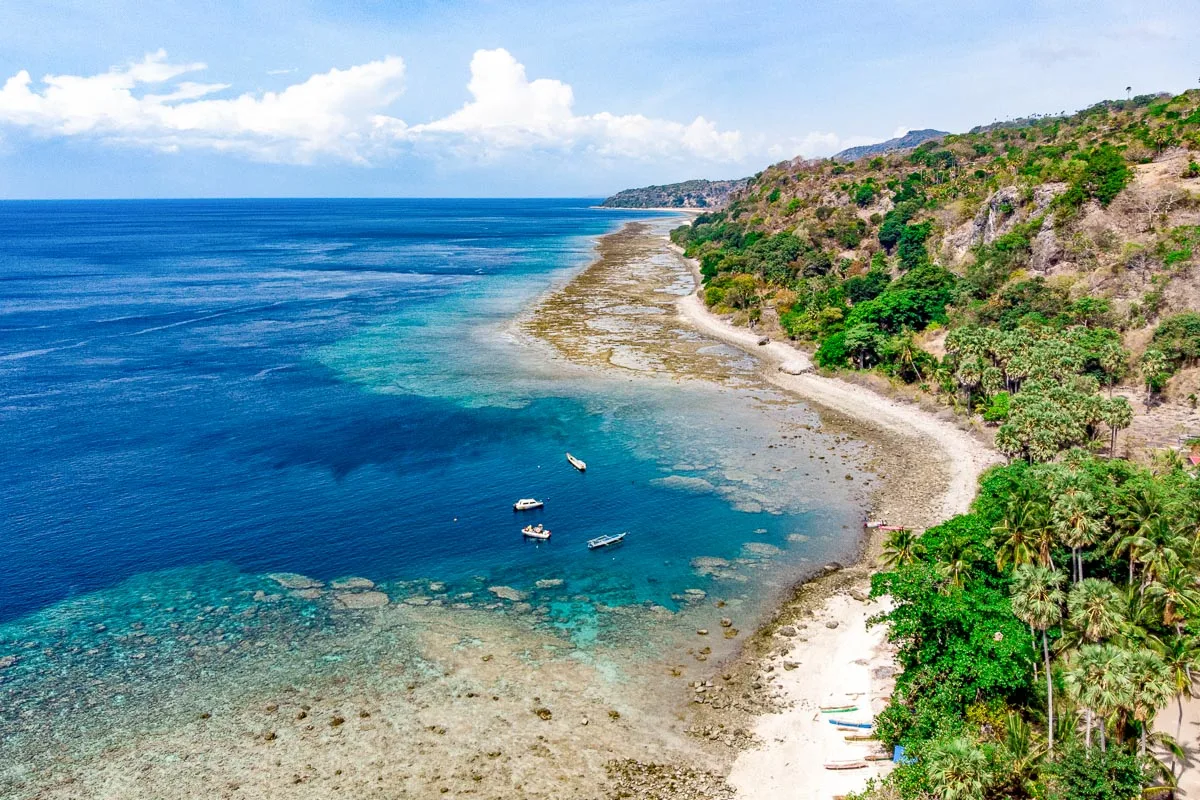natostratcon.info – Nestled in the heart of the Pacific Ocean, Timor-Leste, also known as East Timor, is a captivating archipelago that boasts a unique blend of natural beauty, cultural richness, and historical significance. Comprising the eastern half of the island of Timor and several smaller islands, this nation is a hidden gem that offers a myriad of experiences for travelers and adventurers alike.
Geographical Overview
Timor-Leste is part of the Lesser Sunda Islands, located in the eastern part of Indonesia. The main island, Timor, is shared with Indonesia’s West Timor, while Timor-Leste also includes the smaller islands of Atauro and Jaco. The country’s geographical position at the crossroads of the Pacific and Indian Oceans has shaped its diverse ecosystems, ranging from lush rainforests and rugged mountains to pristine beaches and coral reefs.
Cultural Tapestry
The islands of Timor-Leste are home to a rich tapestry of cultures, with over 16 ethnic groups and more than 15 languages spoken across the nation. This cultural diversity is reflected in the traditional practices, art, and festivals that are integral to the island’s heritage. The annual Te Kufes Festival, for example, showcases the country’s oral traditions, dance, and music, providing a glimpse into the soul of Timor-Leste.
Natural Wonders
The natural beauty of Timor-Leste’s islands is unparalleled. The Nino Konis Santana National Park, with its rugged mountains and lush forests, is a haven for biodiversity and offers excellent opportunities for hiking and bird watching. The pristine beaches of the island, such as those found on the island of Atauro, are perfect for snorkeling and diving, with their crystal-clear waters and vibrant coral reefs.
Historical Significance
Timor-Leste’s history is a testament to its resilience and spirit. The islands have been inhabited for thousands of years, with evidence of ancient megalithic structures and traditions that continue to this day. The struggle for independence from Indonesia, culminating in the nation’s birth in 2002, has shaped the country into a place where traditions and modernity coexist harmoniously.
Economic Development
The islands of Timor-Leste are also at the forefront of the nation’s economic development. The discovery of oil and gas reserves in the Timor Sea has provided a significant boost to the economy, while the government is also focusing on sustainable tourism and agriculture to diversify its revenue streams.
Conclusion
The islands of Timor-Leste are more than just a destination; they are a journey into the heart of the Pacific, offering a unique blend of natural beauty, cultural richness, and historical significance. As the country continues to develop and open up to the world, the islands of Timor-Leste stand as a beacon of hope and resilience, inviting travelers to discover their treasures and experience the warmth of their people.
